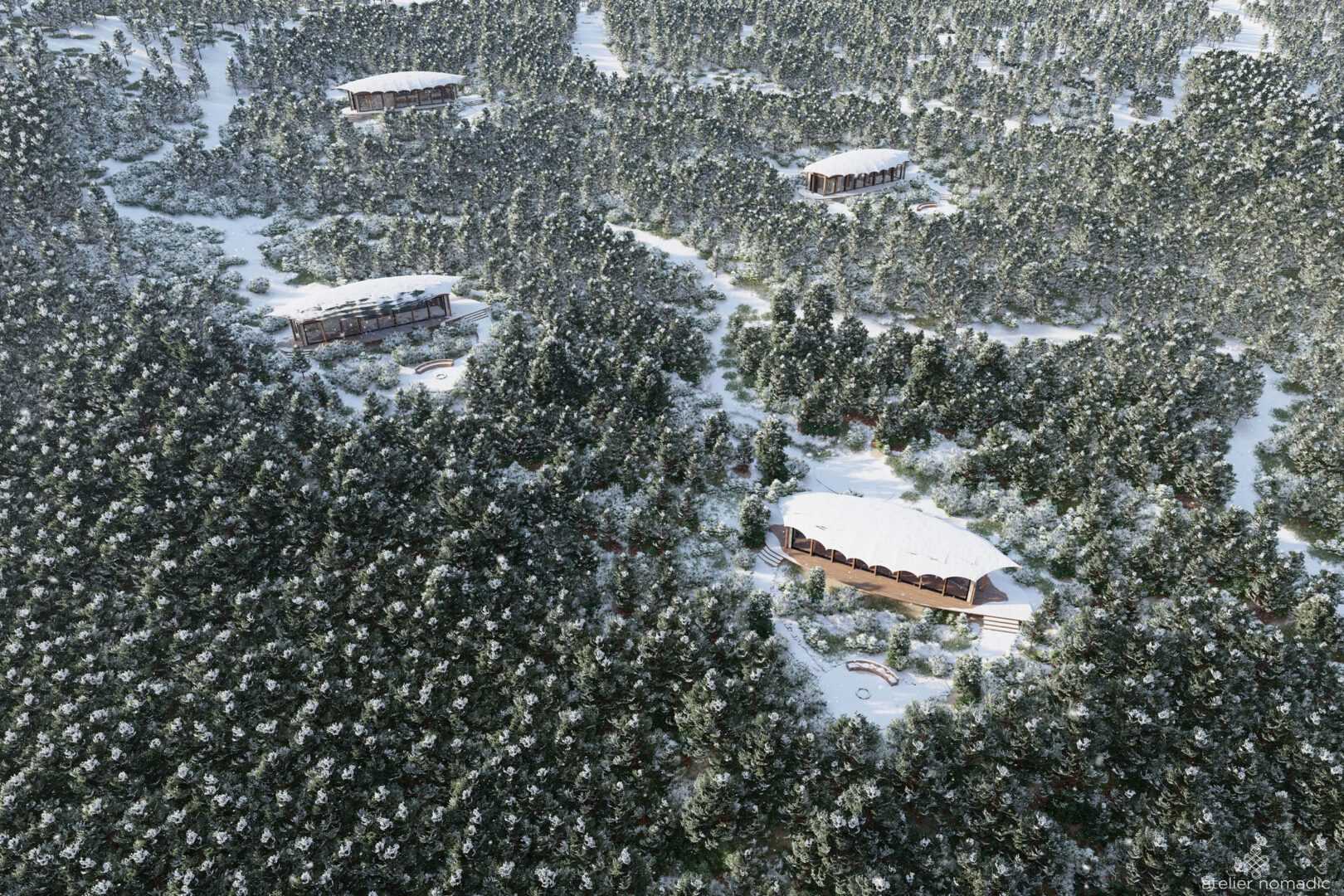News
Luxury Resort Near Zion National Park Sparks Conservation Concerns

SPRINGDALE, Utah — A proposed luxury resort near the boundary of Zion National Park has ignited concerns among conservationists and wildlife advocates. The project, approved by local lawmakers, will transform a historic ranch into a 350-guest complex, raising fears about its impact on the park’s ecosystem and visitor experience.
The 1,960.67-acre development, located on the southwest edge of the park, will include a hotel, short-term rentals, 25 private homes, a swimming pool, and a spa. The approval follows a zoning change that permits greater development than previously allowed. The site borders designated wilderness areas, adding to concerns about its environmental footprint.
“As development continues to close in around the south side of the park, people are rightfully concerned about the impact on the landscape and wildlife,” said a campaign director at the National Parks Conservation Association. “This parcel of private land sits right on the edge of Zion National Park and borders designated wilderness areas. For decades, previous owners have maintained this property with traditional agricultural uses and conservation of open space.”
Ryan Lee, the Salt Lake City-based entrepreneur who purchased the Current Trees Ranch for $21 million in 2021, has sought to reassure stakeholders. “I have removed multiple sections of several miles of fencing that were previously put up so that the animals may more freely move around the ranch and in and out of the park,” Lee said. He emphasized his commitment to minimizing the resort’s impact on wildlife and the park’s visitor experience.
The resort will be located in the southwest corner of the ranch, away from the park’s boundary. Plans also include a horse center and tent campsites. However, conservationists remain wary, citing the presence of threatened and endangered species in the area, such as the Mexican spotted owl, desert tortoise, yellow-billed cuckoo, and peregrine falcon.
Lee described the ranch as a “wildlife refuge” and pledged to maintain its ecological integrity. Despite these assurances, the project has sparked a broader debate about balancing development with conservation in one of the nation’s most iconic natural landscapes.












